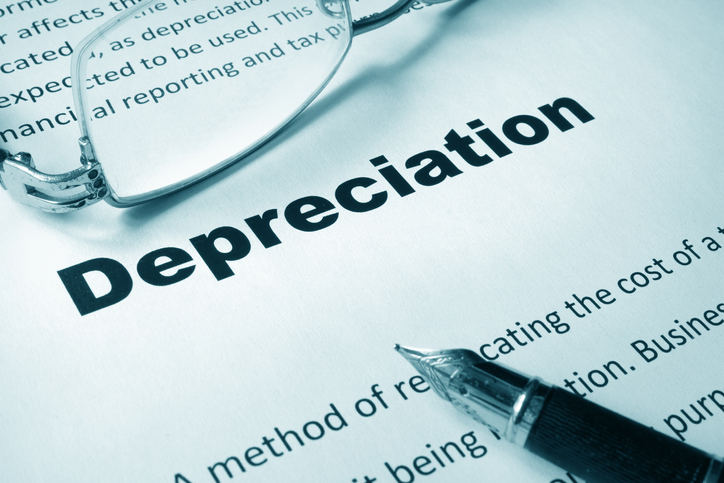
100% first-year bonus depreciation is available for qualified new and used property that is acquired and placed in service in calendar-year 2019. That means your business might be able to write off the entire cost of some or all of your 2019 asset additions on this year’s return. So, consider making additional acquisitions between now and year-end. Contact your tax professional for details on the 100% bonus depreciation break and what types of assets qualify.
Download Printable Article (PDF) >>>
Other Uses for 100% bonus depreciation
Not just for your properties but the 100% bonus depreciation provision can have a hugely beneficial impact on first-year depreciation deductions for new and used heavy vehicles used over 50% for business. That’s because heavy SUVs, pickups, and vans are treated for tax purposes as transportation equipment that qualifies for 100% bonus depreciation. However, 100% bonus depreciation is only available when the SUV, pickup, or van has a manufacturer’s Gross Vehicle Weight Rating (GVWR) above 6,000 pounds. The GVWR of a vehicle can be verified by looking at the manufacturer’s label, which is usually found on the inside edge of the driver’s side door where the door hinges meet the frame. If you are considering buying an eligible vehicle, doing so and placing it in service before the end of this tax year could deliver a juicy write-off on this year’s return.
You can also claim first-year depreciation deductions for cars, light trucks, and light vans you use in your business. For both new and used passenger vehicles (meaning cars and light trucks and vans) that are acquired and placed in service in 2019, the luxury auto depreciation limits are as follows:
• $18,100 for Year 1 if bonus depreciation is claimed.
• $16,100 for Year 2.
• $9,700 for Year 3.
• $5,760 for Year 4 and thereafter until the vehicle is fully depreciated.
Note that the $18,100 first-year luxury auto depreciation limit only applies to vehicles that cost $58,500 or more. Vehicles that cost less are depreciated over six tax years using percentages based on their cost. You should cash in on generous Section 179 deduction rules. For qualifying property placed in service in tax years beginning in 2019, the maximum Section 179 deduction is $1.02 million. The Section 179 deduction phase-out threshold amount is $2.55 million.
The Section 179 deduction may be claimed for personal property used predominately to furnish lodging or in connection with the furnishing of lodging. Examples of such property include furniture, kitchen appliances, lawn mowers, and other equipment used in the living quarters of a lodging facility or in connection with a lodging facility such as a hotel, motel, apartment house, dormitory, or other facility where sleeping accommodations are provided and rented out.
Section 179 deductions can also be claimed for qualifying real property expenditures. Qualifying real property means any improvement to an interior portion of a nonresidential building that is placed in service after the date the building is first placed in service, except for expenditures attributable to the enlargement of the building, any elevator or escalator, or the building’s internal structural framework. The definition also includes roofs,
HVAC equipment, fire protection and alarm systems, and security systems for nonresidential real property. To qualify, these items must be placed in service after the nonresidential building has been placed in service. Here is another area where the advice and skill of your CPA and your tax lawyer, can make a difference in your business. Leasing or buying/selling real estate? Well, add WCRE to the team.
FOR MORE INFORMATION:
Martin H. Abo, CPA/ABV/CVA/CFF is a principle of Abo and Company, LLC and its affiliate, Abo Cipolla Financial Forensics, LLC, Certified Public Accountants – Litigation and Forensic Accountants. With offices in Mount Laurel, NJ and Morrisville, PA, tips like the above can also be accessed by going to the firm’s website at www.aboandcompany.com.



